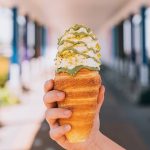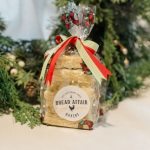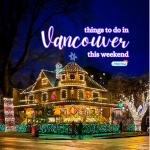Stanley Park Ecology Society’s Native Plant Demonstration Garden
 This post has been contributed by Jill Taylor, Native Plant Demonstration Garden volunteer with the Stanley Park Ecology Society (“SPES”). I have been following SPES since I moved into the West End a decade ago and I have been a member for three years. I wanted to offer the team an opportunity to share their news, events, and work so I have created “SPES Saturday” where they contribute and share stories with my audience once a month.
This post has been contributed by Jill Taylor, Native Plant Demonstration Garden volunteer with the Stanley Park Ecology Society (“SPES”). I have been following SPES since I moved into the West End a decade ago and I have been a member for three years. I wanted to offer the team an opportunity to share their news, events, and work so I have created “SPES Saturday” where they contribute and share stories with my audience once a month.
A Blooming Good Time
Stanley Park Ecology Society’s Native Plant Demonstration Garden
It certainly has been a crazy year so far weather-wise! We may love the extra sunny warm days, but how do plants react to unseasonable weather?
The volunteer stewards of the SPES Native Plant Demonstration Garden at the foot of Robson Street have been logging the flowering dates of our 100+ species for the past five years. It has become abundantly clear that some plants are totally dependent on the length of the day, always flowering on almost the same date every year, come rain or shine. Other plants bloom at quite variable times, depending on our daily temperatures.
For example, the red flowering currant (Ribes sanguineum) can flower any time from early March onwards depending on the weather. Our shooting stars were very early this year, with the blooms almost finished by mid-May when SPES often offers a garden tour and talk. This year we had a dozen interested folk attend the tour, and even though two hours seemed plenty of time to explore our tiny garden, it was hard to pack in everything that excited us and interested others.
Alternative ground covers such as wild ginger (Asarum caudatum), plants for hummingbirds like the native honeysuckle (Lonicera ciliosa), and plants for bees such as the native red columbine (Aquilegia canadensis) are all on display and on schedule for blooming.
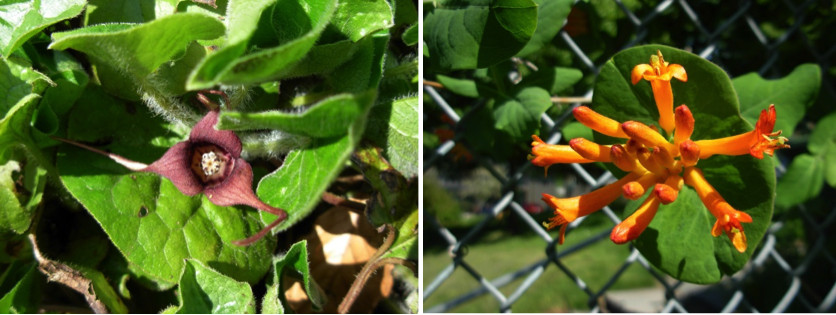
Wild ginger / Western honeysuckle. Contributed photo.
Located next to the Stanley Park Community Garden, the SPES Demonstration Garden offers good examples of native plants alongside those that have been bred for flower gardens. Anecdotally, SPES’ Conservation Programs Manager has noticed that exotic plant species like those found in many flower gardens (not native to the Pacific Northwest) are more sensitive than their native counterparts to unusual weather conditions – blooming much earlier with unseasonably warm, sunny weather.
How did your garden do this year? Do you think your plants reacted differently to a warmer, drier winter and spring? We’d love to know! We’ll compile and post your comments on our Facebook page. Send your observations to: [email protected].
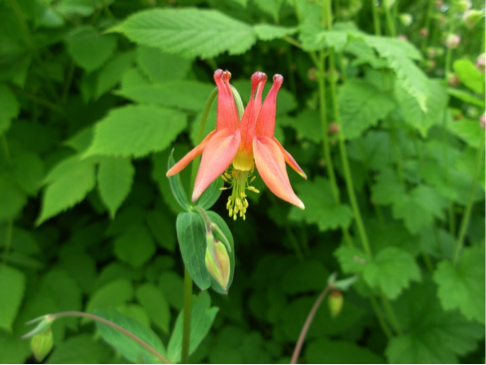
Red columbine. Contributed photo.
Our Native Plant Demonstration Garden stewards are becoming more knowledgeable every year on native plant gardening, and they can also introduce you to the benefits of keeping mason bees to pollenate your fruit trees and veggie garden.
Keep an eye out for next year’s garden tour, or contact the Stanley Park Nature House (604-257-8544) to find out when our stewards are available to answer your questions about incorporating some native plants into your garden.

